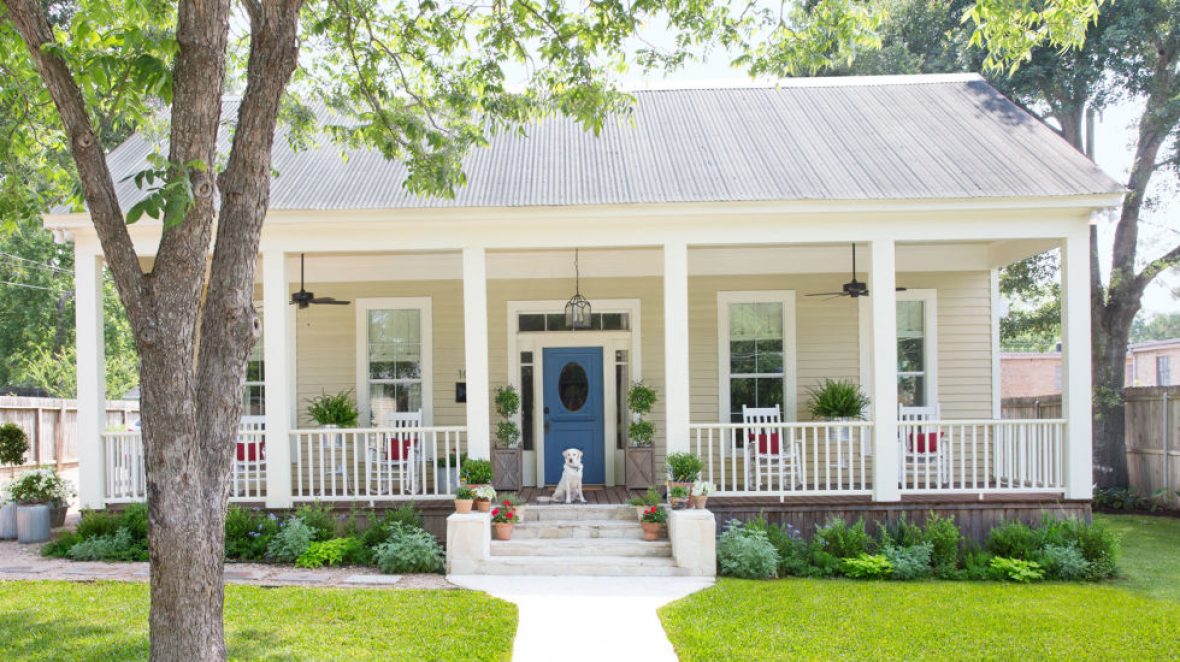NO-SWEAT LAWN CARE TIPS FOR A THRIVING YARD
Homeowners often scratch their heads, wondering when is the best time to start caring for their yards. In many parts of the country, landscaping and lawn care experts recommend starting lawn and other outdoor projects once the frost has left the ground and the soil is dry enough for you to walk on yet still moist enough to be malleable. Use these steps for no-sweat lawn care maintenance.
- Giving Your Yard the Once OverAs soon as the weather allows, head outside and examine your yard. Don’t be surprised if it no longer resembles the tidy patch of earth you remember from last season. It’s not uncommon to find an assortment of dead leaves, thrown branches, and other debris.
Pick up the debris and inspect your lawn, trees, and shrubs to see what may be coming back and what needs replacing. - Wake Up Your Lawn with a Good RakingGive your grass a good raking to start its growing processing. If you do not remove the dried, dead grass, the new spring grass won’t get the oxygen and sunshine it needs to grow. Gently rake it out and allow it to dry. You’ll then be better able to assess what your next steps may be regarding reseeding and fertilizing.
- Weed and FeedIf your yard attracts crabgrass, tackle it early. The best way to prevent it from becoming a problem is by covering your yard with pre-emergent crabgrass control. The best time to fertilize your yard is also when the soil is between 55 and 60 degrees. This gives your grass plenty of nutrition so it grows thick and lush all year long. Having a soil test done is the best way to determine what type and how much fertilizer is needed. Aerate your yard at the same time. The aeration allows fertilizer and water to quickly reach the root bed.
Even though it might seem like a lot of work, if you plan ahead, make sure you have all the tools and supplies you need and really dedicate yourself to the project, you’ll likely find that you can complete your spring lawn preparation during a single weekend. - Trimming Trees and ShrubsWhen you remove dead branches from your trees and shrubs, it gives them a great start for the growing season ahead. Be careful not to cut away growth. You want your trees and shrubs to have a healthy start in case a second round of cold weather hits.
- Equipment MaintenanceA big part of proper lawn maintenance is having the right tools in proper working order to get the job done. Before spring gets into full swing, check all your tools and equipment — and don’t forget about your lawnmower. Either give it a tune-up at home or make a service appointment.
Keep these tips in mind when you venture outside for some yard work, and you’ll be happy with how well your lawn looks all spring and summer long.
https://lesliesellshouses.com/
Thinking about buying
or selling your home ?
I can help make the process easy, let’s get in touch today!








